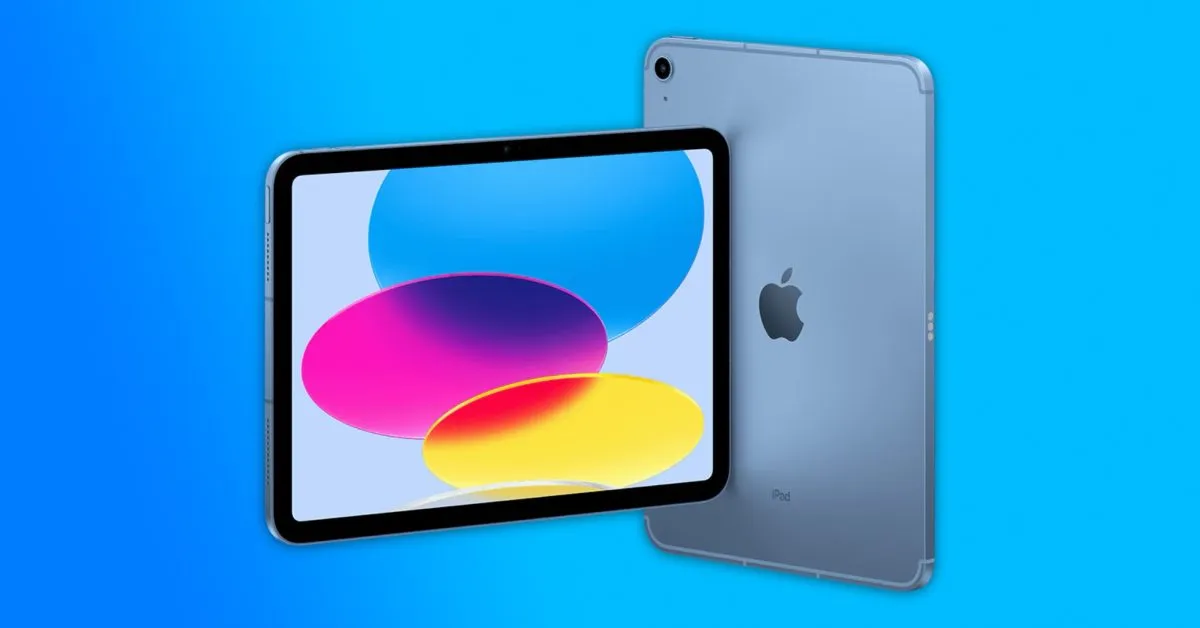
Apple has recently updated its base iPad this month after an extended wait of more than two years. However, this new iteration has sparked curiosity among tech enthusiasts due to its underwhelming specifications, particularly the inclusion of a less powerful chip than anticipated, along with the absence of Apple Intelligence. A revealing chart by CIRP sheds light on the rationale behind these decisions.
Over the past year, Apple's iPad lineup has received considerable attention and enhancements. The introduction of the new M4 iPad Pro brought along a stunning display and an excellent Magic Keyboard, elevating the user experience. Additionally, the revamped iPad mini now features an A17 Pro chip, enabling support for Apple Intelligence and compatibility with the Apple Pencil Pro. Not to forget, there have been two updates to the iPad Air, which notably introduced a new 13-inch size.
Despite the positive changes across many models, the base iPad has not been as fortunate. Its recent update is characterized by a lackluster spec bump after an unusually long wait. In fact, it has gained the dubious distinction of being the first product in Apple's AI-supported ecosystem that does not support Apple Intelligence. This raises questions about Apple's strategy for the base model.
CIRP's recent report provides valuable insights into the sales trends of the iPad over the years, offering explanations for Apple's decision to hold back on the base iPad's features. A glance at the CIRP chart reveals a clear upward trajectory in the market share of the base iPad.
According to the chart, the base iPad's market share has significantly increased, going from:
15% of iPad sales in 2021 21% in 2022 30% in 2023 38% last yearWhile all sales contribute positively to Apple's bottom line, the company has likely preferred that customers opt for higher-priced models. However, a growing number of shoppers have deemed the base iPad to be sufficient for their needs, prompting Apple to reassess its approach.
In response to these sales trends, Apple strategically delayed the base iPad's update longer than usual. When the update finally arrived, it featured minimal changes and notably excluded Apple Intelligence support. This decision likely reflects Apple's attempt to balance its product offerings while still appealing to budget-conscious consumers.
In light of the insights from CIRP's sales chart, it's clear that Apple is navigating a complex landscape in the tablet market. The base iPad's growing popularity poses challenges and opportunities for the tech giant. As users continue to weigh their options, it will be interesting to see how Apple adapts its strategy moving forward.
What are your thoughts on the latest update to the base iPad and the trends highlighted in the sales chart? Share your insights in the comments below!
To enhance your iPad experience, explore our curated list of the best iPad accessories available on the market. From protective cases to high-performance keyboards, find the perfect additions to take your iPad usage to the next level.